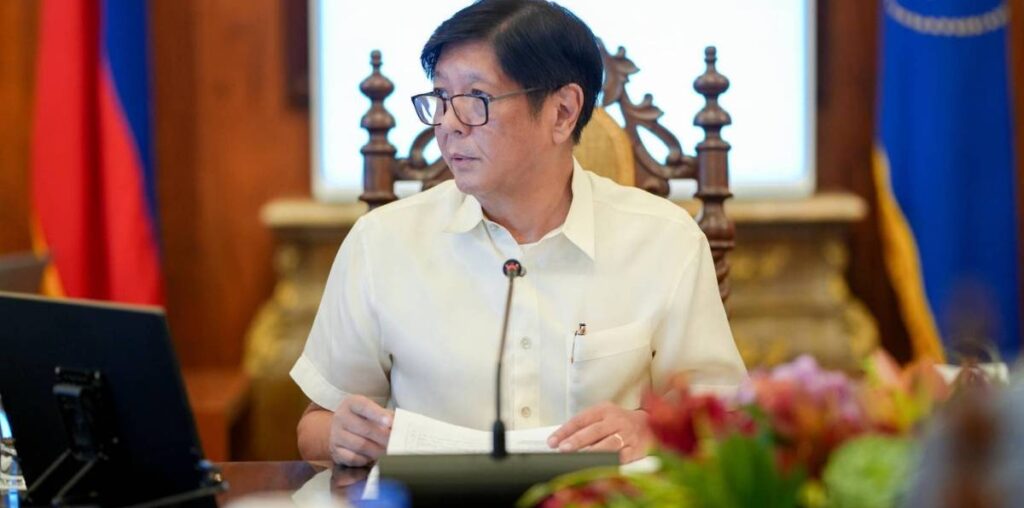The economic team of President Ferdinand R. Marcos Jr. has eased the bottlenecks hindering foreign investment in offshore wind projects through the unified efforts of the Department of Environment and Natural Resources (DENR) and the Department of Energy (DOE).
In a statement, the Economic Development Group (EDG) of President Marcos said that the DENR and the DOE have signed a memorandum of agreement, allowing the utilization of offshore and auxiliary areas covered by offshore wind energy service contracts.
“This addresses impediments to the development of offshore wind projects by foreign investors, and streamlines the process, while ensuring compliance to environmental standards,” the EDG stated.
“The issuance and signing of the MOA [were] identified as a resolution to the limitations on foreign ownership of public land during the 6th Economic Development Group (EDG) Meeting early this year,” it added.
Special Assistant to the President for Investment and Economic Affairs (SAPIEA), Frederick D. Go, who also chairs the EDG, provided the directive to the DENR and DOE to finalize the agreement.
With the signed agreement, Secretary Go emphasized that this will help promote the government’s efforts to position the Philippines as a preferred investment destination for foreign investors.
“This important development supports our goal of positioning the Philippines as a preferred investment destination. This agreement augurs well for the renewable energy sector, which is one of the administration’s priorities in driving economic growth,” Secretary Go said.
Secretary Go further added that, with the new MOA in place, “the Philippines is poised to attract significant foreign investment in offshore wind projects, paving the way for green energy solutions and sustainable growth.”
Prior to the signing of the MOA, the government liberalized the renewable energy sector to allow 100 percent foreign ownership, successfully attracting interest from foreign investors.
However, those looking to develop offshore wind projects raised concerns over the 40 percent foreign equity limitation on public land, and on the exploration, development, and utilization of natural resources.
Since offshore wind development involves the use of foreshore lands and offshore areas, including the seabed, this restriction would require the involvement of local partners to enable foreign investors to implement their projects.
By virtue of this landmark agreement granting the DOE rights to use identified sites for offshore wind energy projects, foreign investors may now access areas required for authorized offshore wind activities through the DOE.
This makes it easier for foreign investors to execute their projects, creating a conducive environment to welcome investments in the Philippines.

